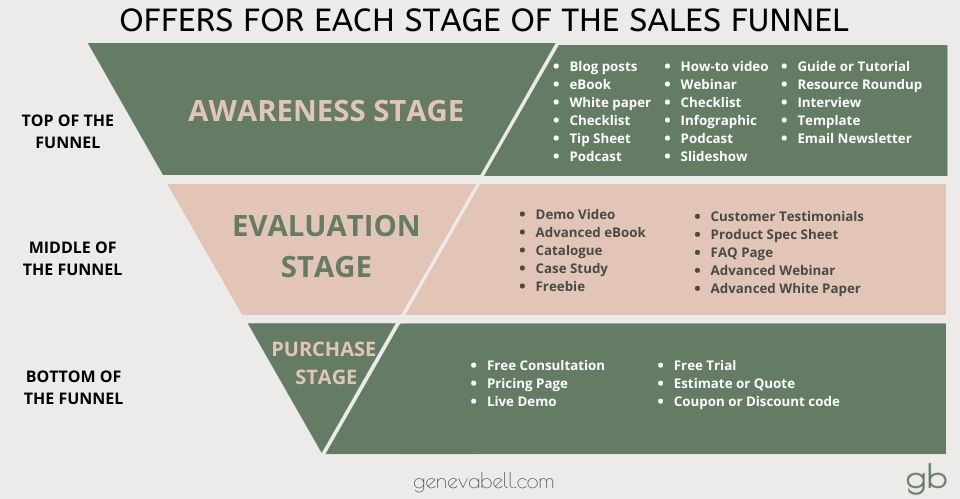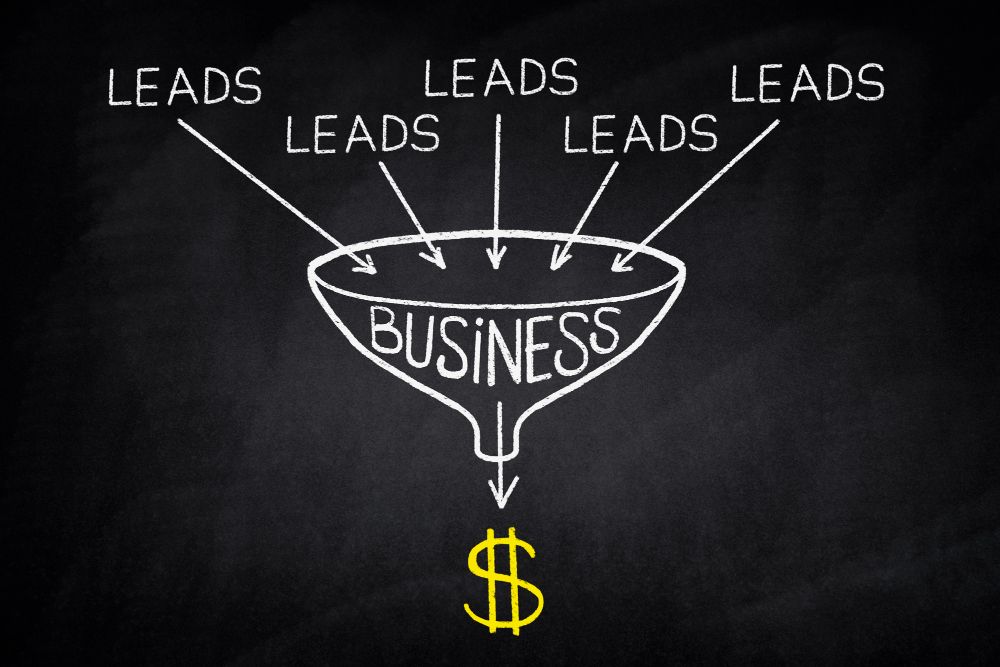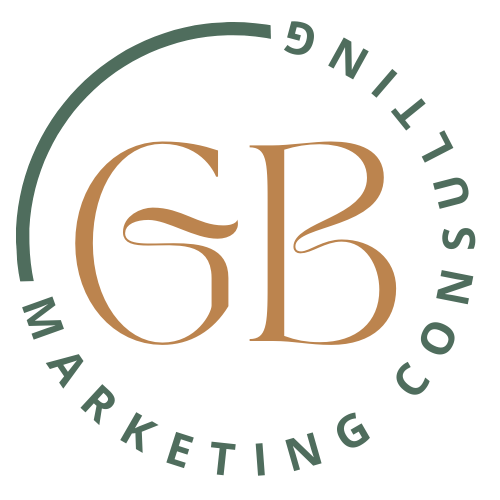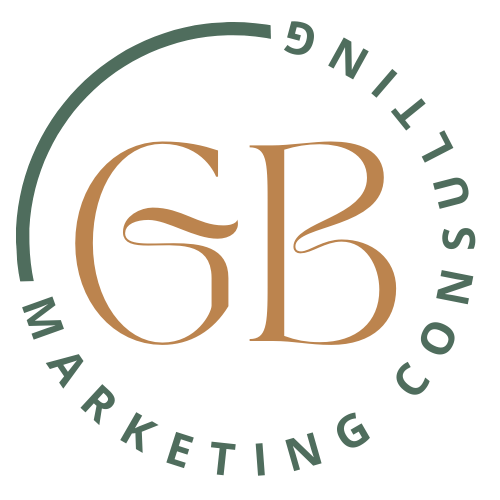Many people don’t understand the basic definition of a sales funnel, yet, if you have an online business, you have some kind of sales funnel in place, even if you aren’t aware of it. In this article, we’ll explain what a sales funnel is, why it works, and how to create one for your business. Let’s start with the definition of a sales funnel.
Table of Contents
What is the definition of a Sales Funnel?
Sales Funnel Marketing
Sales Funnel Examples
Sales Funnels for E-commerce
What Does Your Sales Path Look Like?
Takeaway Points
What is the definition of a Sales Funnel?
A Sales Funnel is a modular path that ‘funnels’ site visitors through your multi-stage marketing campaign. It is an organized process that leads potential customers from awareness to conversion. It’s a proven way to increase conversions and revenue.
Think of your sales funnel as the path a customer takes, from their first contact with your brand, all the way to becoming loyal customers.
The real question is, what is the shape of your path? Is it a linear path, not engaging, and easy to stray from? Is it like a sieve, overly broad, and full of holes?
If your customer has to wade through a virtual jungle of resources, sales pitches, offers and content, chances are, they will get lost along the way.
Let’s transform your customer conversion path into a funnel shape, guiding visitors to becoming subscribers with a series of gentle nudges.

Sales Funnel Marketing
Sales funnel marketing is when you guide someone through a process by offering them information or products at each step along the way.
The goal is to get people interested enough in your product or service so that they’re willing to buy it. To do this, marketers use a variety of strategies, such as email campaigns or live webinars, but all of them fall into one of three categories:
1) Inbound Marketing – when customers find you on their own by reading your blog posts or watching your videos on YouTube.
2) Outbound Marketing – when you find potential customers via email lists or through other people who know them well enough to introduce you (like an introduction through LinkedIn).
3) Hybrid Marketing – when you combine both inbound and outbound marketing techniques to get the best results possible.
At each step along the sales funnel, there are different types of content that work best depending on where someone is in their journey toward making a purchasing decision. For example, if someone just subscribed to your list then an introductory email might be appropriate whereas if they’ve been on your list for awhile then maybe sending them an offer would be better because they’ve indicated interest in what you have to say!
Let’s have a look at some sales funnel examples.
Sales Funnel Examples
Sales Funnel Example 1
A typical sales funnel would be as follows:
– Website visitors click on an advertisement or link to a landing page.
– They then fill out some basic information, like name and email address, and click submit.
– The next email they receive contains some introductory information about the company’s product(s), along with a link to purchase it.
– Once the visitor makes a purchase, they are sent a thank you note along with other resources (e.g., how-to videos).
Sales Funnel Example 2
Another example would be something like this:
– Visitors come to your website from an ad or other source (maybe even word of mouth!).
– They fill out a form with their name and email address so that you can send them more information about what you do.
– You then send an email thanking them for signing up and including some interesting links related to what you do (like blog posts).
– After that, you follow up every few days with another email containing new content or offering something valuable (e.g., eBook) in order to build your know, like and trust factor.
– When you’re ready to launch a product or service, send them an email telling them about the benefits of your product or service along with a link to purchase it.

Sales Funnels for E-commerce
A basic sales funnel for e-commerce would have three steps:
- Get people onto your website
- Get them interested in your product
- Make the sale!
The most important part of any sales funnel is getting people’s email address so that you can continue to market to them over time (called email marketing). If someone gives you their email address then they’re more likely to buy from you because they feel like they know you already; it’s like having a relationship with them even though you just met online!
What Does Your Sales Path Look Like?
Take a moment to reflect on your current digital marketing campaign. What part of the sales funnel is dropping clients?
With a careful look at your site analytics, you can generate a clear picture of each step; what works, and what doesn’t. And if the holes look too big to patch yourself, fear not! You don’t have to go it alone.
SEO Expert, Geneva Bell, offers one-on-one consultations to help you increase your customer conversion and fix your funnel. Whether or not you are aware of it, you already have a sales funnel in place. Make sure it works as hard as you do!
Takeaway Points
It’s important to understand where your customers are in the buying process so that you can send them the right message at the right time.
At the top of the funnel, you want to build awareness about your product or service by getting people to visit your website or read your blog posts. This will get them hooked on what you have to offer and primed for when you introduce yourself later on in the process.
In the middle of the funnel, it’s all about building trust and rapport with potential customers by providing value through educational content like whitepapers or webinars. You want them to feel like they know you well enough that they would let their children play with yours! At this point, you’re still not asking for anything from them other than their email address so that you can keep in touch with them via email newsletters or by inviting them to join your LinkedIn group.
At the bottom of the funnel is where things get exciting—this is where people make a purchase decision based on what they’ve learned from interacting with your brand along the way!



0 Comments